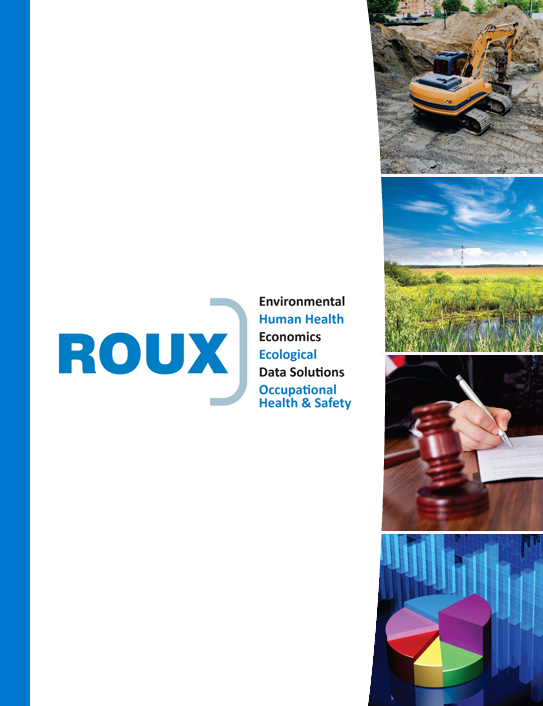Breaking News: PFAS Alert, California
California State Water Resources Board to Roll Out “PFAS Phased Investigation Plan”
The California State Water Resources Control Board will immediately roll out Orders for a “PFAS Phased Investigation Plan” to systematically obtain PFAS effluent and drinking water data. Phase I will involve over 1,500 airports, landfills, and drinking water wells across the state. Phase II will cover Refineries, Bulk Terminals, non-airport fire training areas, and urban fire areas. Phase III will cover secondary manufacturers, waste water treatment plants, and domestic wells.
In Phase I of its Investigation Plan, beginning this month (March), the Water Board will issue orders under California Water Code §13627 (discharges from facilities) and Health and Safety Code §116400 (drinking water sources) to:
- 31 airports and 578 drinking water wells within a 2-mile radius of the airports;
- 252 municipal solid waste landfills and 353 drinking water wells in within a 1-mile radius of the landfills; and
- 389 impacted drinking water sources within a 1-mile radius of systems flagged in the Environmental Protection Agency’s (EPA) Unregulated Contaminant Monitory Rule (UCMR) as having hits of PFAS (tested at that time) and adjacent, smaller drinking water systems as deemed necessary on a case-by-case basis.
Under Water Code §13627, the Water Board may order a discharger (here, airports and landfills) to submit technical or monitoring reports providing information about volumes of chemical discharged from a facility, including through stormwater and industrial process water discharges. The orders often directly implicate a facility’s discharge (NPDES) permit issued by the Water Board, or its lack of such a permit. Failure to comply may subject the facility operator to civil and criminal penalties. During its presentation, DDW specified it would be seeking answers to a questionnaire concerning PFAS use, a work plan for testing, and testing for PFAS from each facility. For landfills specifically, the Water Board will be ordering a one-time testing event in search of PFAS.
Under Health Code §116400, if the Water Board determines that a public water system is subject to potential contamination, the Water Board may, by order, require the public water system to conduct a periodic water analysis in accordance with conditions specified by the Department. To date, California has not required public water systems to report on PFAS. Instead, the Water Board issued the interim Notification Levels last year, which have no enforcement effect at all. Thus, issuing §116400 orders will be a major shift in how California regulates its drinking water systems.
Phases II and III are set to begin in Fall 2019 or shortly thereafter. It was not stated what “secondary” manufacturing facilities will be targeted, but several presentations throughout the workshop highlighted the historical “metal plating” operations in California as a potential source of PFAS. Additionally, the EPA’s recently published “Action Plan” (found here) identifies the following point-source categories that it intends to target for additional waste discharge studies: organic chemicals, plastics, synthetic fibers, pulp and paper, textiles, and airports. Thus, one may predict these facilities will be in the mix of “secondary” sources the Water Board will be targeting.
To speak with someone from one of our California offices for more information, please click on the button below:
